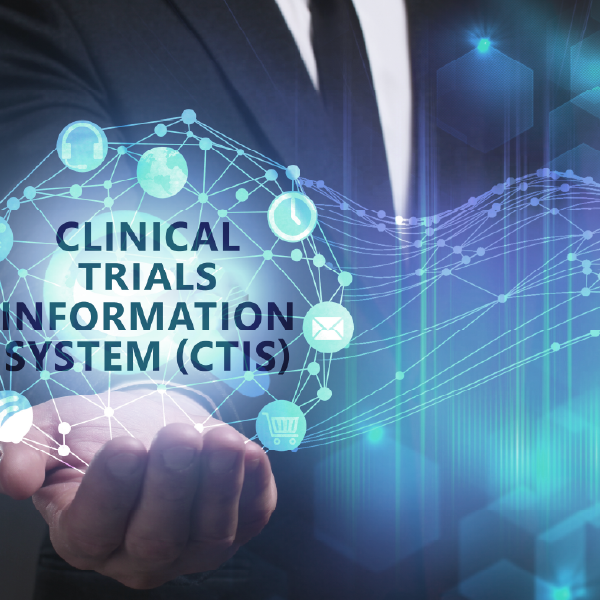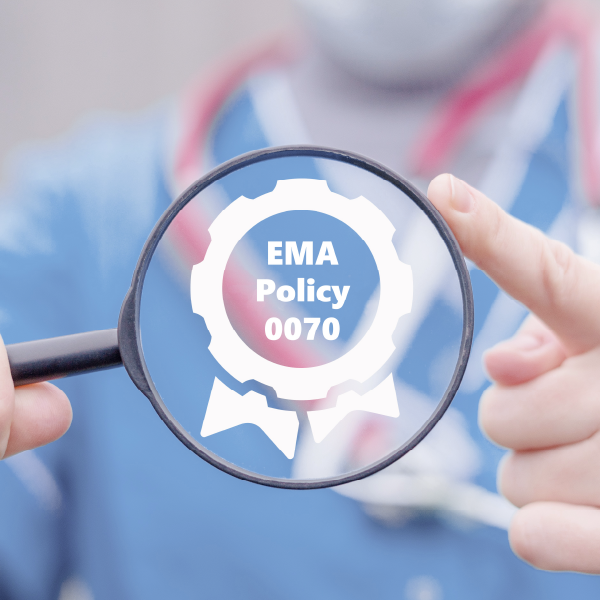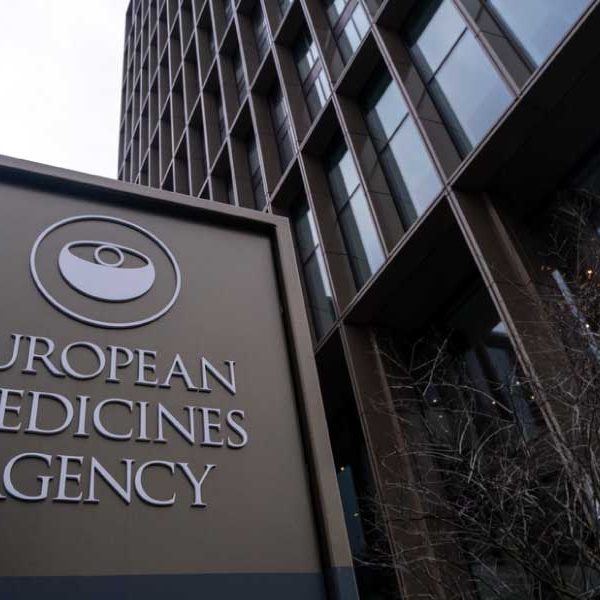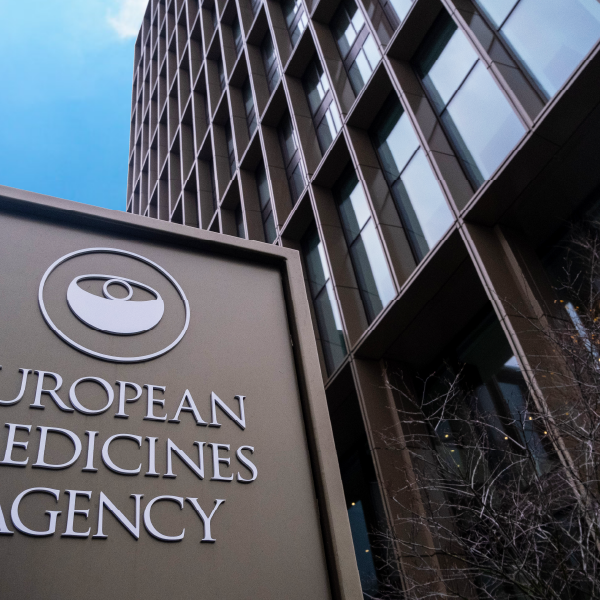Plain Language Summary of Publications: A Key Step To Build Transparency With The Patient Community

Plain Language Summary for Publications (PLS‑P) is a document born from the growing need to make scientific research and information more understandable to a broader audience. Technical language and terminologies used in scholarly articles can act as a barrier to comprehending scientific content.
This comes at a time when more than 54 percent of adults in the U.S. read below a sixth-grade level, according to recent research from the U.S. Department of Education.
As a standalone summary of an original scientific article, a Plain Language Summary for Publications (PLS‑P) is designed to help lay audiences better understand scholarly articles by using easy-to-understand language and graphics. These summaries are often written by the authors of the original publication and can also include input and perspectives from additional authors and even patients.
Why is a Plain Language Summary for Publications (PLS‑P) Needed?
The purpose of a Plain Language Summary for Publications (PLS‑P) is to communicate scientific or research data to patients and other non-scientific audiences. It allows researchers to engage with larger audiences, allowing both access and an easier understanding of the research.
This in turn helps build trust within the patient community.
It’s no secret that the pandemic has changed the approach that the public has had towards scientific information. Now, it’s observed that people seek to understand scientific material more than ever before, and recent research points to the role that Plain Language Summaries for Publications (PLS‑P) play in educating patients and encouraging dialogue between patients and their physicians.
In fact, it has been found that 50 percent of patients suffering from chronic diseases make use of peer-reviewed journal articles for better understanding of their disease.
With this growing need, researchers have started to consider these Plain Language Summaries for Publications (PLS‑P) as an opportunity to communicate their research content with interested non-specialist audiences. Additionally, the general public also stands to benefit from understanding clinical trial results for approved vaccines and treatments and information on investigational products of newer therapies for patients with limited treatment opportunities.
What Should be Included in a Plain Language Summary for Publications (PLS-P)
The content of a Plain Language Summary for Publications (PLS‑P) should be clear and brief, including:
- Only information and data that was included in the original scientific publication
- Focus on primary endpoints, patient relevant data, statistically-relevant secondary endpoints, and safety endpoints
- Link to the original scientific publication and resources
- Easy-to-comprehend graphics, visuals, and layouts
Once the draft of a Plain Language Summary for Publications (PLS‑P) is near completion, it should be reviewed by a third party. Healthcare professionals, patient advocates, the public, and patients themselves could be considered in the review for ensuring the clarity or readability of the content.
How and Where Are These Summaries Made Available?
Plain Language Summaries for Publications (PLS‑P) are considered an Acceptable Secondary Publication in the International Committee of Medical Journal Editors (ICMJE) guidelines. The Plain Language Summaries for Publications (PLS‑P) can be registered in databases and are fully citable and discoverable using appropriate tagging since they contain their own digital object identifier (DOI).
Additionally, Plain Language Summaries for Publications (PLS‑P) can be circulated across various social media channels (i.e., Facebook) and shared with applicable patient organizations. Further, under a Creative Commons Open Access license, readers can download Plain Language Summaries for Publications (PLS‑P) free of charge.
Prioritizing Plain Language Summaries for Publications (PLS-P)
Keeping in mind the growing public interest to understand scientific research, it is important to provide lay information to anyone ranging from a beginner to an expert in the field. Researchers should therefore consider drafting a Plain Language Summary for Publications (PLS‑P) as one of their priorities in ensuring that their research – irrespective of the context – is made available to a larger, non‑scientific audience.
With an overall approach to build trust and transparency between researchers and the patient community, Plain Language Summary for Publications (PLS‑P) helps increase the learning opportunities for the lay audience in the easiest possible way. At this point, researchers who do not publish Plain Language Summaries for Publications (PLS‑P) as a platform to communicate their research have the potential to fail to fully connect with lay audiences around the globe.
Please click here to start a conversation with a transparency expert about Plain Language Summaries for Publications (PLS‑P) or if you have any questions related to this article.
Authored by: Frenita Lobo, Medical Writer, Regulatory and Medical Writing.
References:
-
- Can Marketing Provide Input at Publications and Data Communication Planning Meetings? | the Map (ismpp-newsletter.com)
- Plain Language Summaries of Publications (PLS-P) | SAGE Publications Inc
- ICMJE | Recommendations | Overlapping Publications
- Reading the numbers: 130 million American adults have low literacy skills — APM Research Lab











